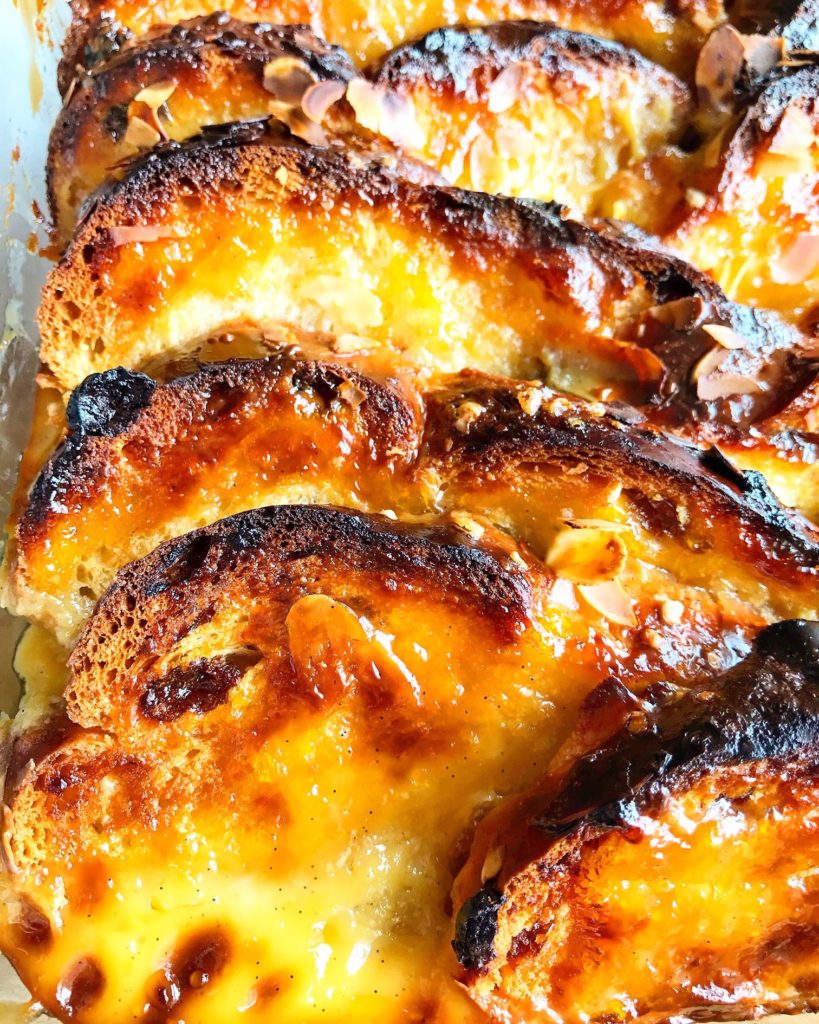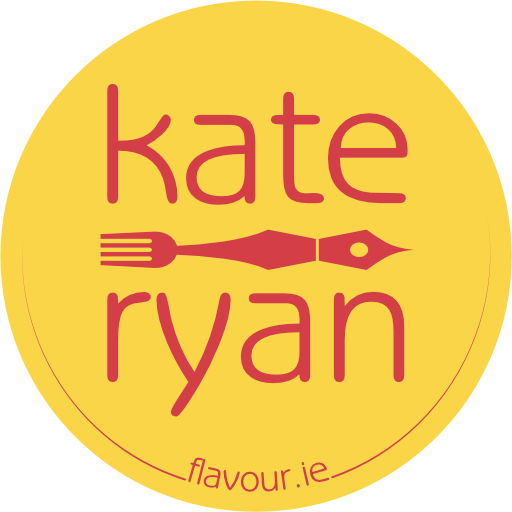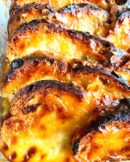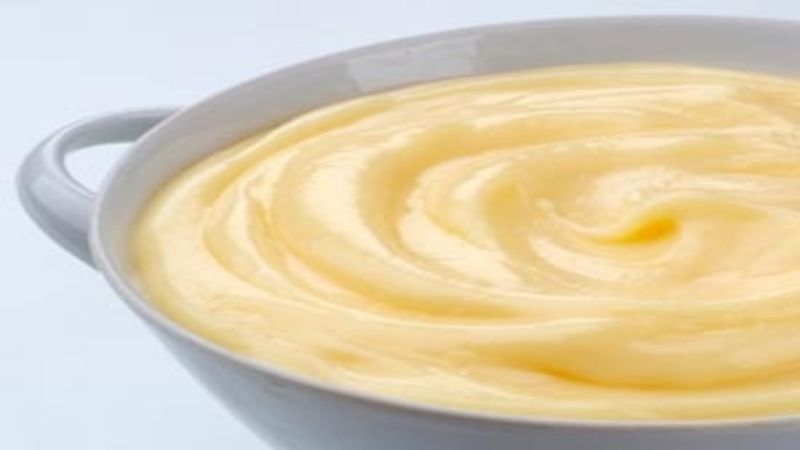Sibling rivalry – it can either bother you or spur you on. I prefer my rivalries (not that I have, well, any really) to spur me on. I recently turned the page on another year in the life of me (41, in case you were wondering), and although there are few things in life that I regret, one is that my Dad, whom I love and cherish, prefers the Bread and Butter Pudding my sister used to make over my far more elaborate incarnations of it.

The Bread and Butter Pudding that is the stuff of my fathers fondest memories consists of several slices of Wonder Bread lashed with MARGARINE of all god foresaken things, not butter; a few shriveled raisins thrown about and amongst the neatly arranged slices, doused in milk, sprinkled with sugar and left to transmutate into something capable of captivating a fully grown man who should know better for longer than is necessary.
Meanwhile, in the Land of Great Taste and Incredible Ingredients, I soldier on with my once a year preparation of Bread & Butter Pudding. It has to be just once a year because while I prefer my version to have better ingredients, it also comes with a hefty calorific price tag so it is prudent to limits one’s consumption and self control in that regard.
First of all, the Wonder Bread is gone and in its place is Brioche. Any kind of well made Brioche will suffice, but for this recipe I used an Almond & Raisin Brioche with an Apricot Glaze (it is apricot season after all!)
Second of all, Margarine, which has never seen the inside of any kitchen I’ve ever owned, makes way for unsalted butter. Then comes the Apricot Preserve. I use Folláin preserves because they are traditional family recipes and they do not use added sugar, so it means you get all the fruity sweetness of the jam without the cloying artifice.
Next comes the most important part of the whole show (aside from the bread): watery milk is gone in exchange for a simple Creme Anglaise – a loose custard that is heady with vanilla, but loose and pourable enough to saturate the bread. This is important because after buttering and jamming the bread, stacking the slices in an orderly fashion and pouring over the untuous Creme Anglaise, the whole thing must be covered and set aside for up to an hour so that the bread can soak up the liquid.
This important step means that when you do bake your Bread & Pudding Pudding it will puff up like a souffle – rich, luxurious yet light and fluffy!
Here is the full ingredients list and method. A Bread & Butter Pudding Fit for a Dad – my Dad to be precise… Happy Fathers’ Day to the most brilliant and strong Dad I could have ever hoped for!
Ingredients:
- One loaf of Brioche – any kind: plain, with raisins or chocolate
- Unsalted Butter, soft enough to spread easily on the bread without tearing;
- Apricot Jam / Conserve;
- Apricot Brandy – enough to sufficiently douse without breaking the law;
- Flaked Almonds.
- For the Creme Anglaise:
- 250ml double cream
- 4 egg yolks
- 60 g demerara sugar
- 1/2 tbsp Vanilla Bean Paste
Method:
- Slice Brioche into evenly thick slices, butter and jam generously on one side.
- Arrange in a 25cm baking dish (or whatever you have that’s closest to that size).
- Sprinkle over the Apricot Brandy – be generous but not overly excitable with the application of it! Scatter the flaked almonds with wild abandon.
- Meanwhile make the Creme Anglaise by whisking together the sugar and egg yolks in a bowl, set aside.
- Place the creme into a heavy bottom saucepan and warm slowly over the heat until you start to see small bubble forming around the side but be careful not to boil. Take off the heat and allow to cool just for a minute or so.
- Pour a little of the hot milk mixture into the egg mixture and whisk vigorously. Then the egg mix back into the warm cream, add the vanilla bean paste and whisk to combine.
- Place the saucepan back on a low heat and stir continuously until it just begins to thicken enough to coat the back of a spoon lightly.
- Take off the heat and pour all over the bread. Cover with tin foil and allow to stand for up to an hour, although any amount of time will help with absorption.
- When ready, heat the oven to 180 degrees, and bake covered until the bread has puffed up and the custard has set.
- Take out of the oven, allow to cool for a few moments, then serve with a little shake of icing sugar, and a small dollop of freshly whipped cream flavoured with some more of the Apricot Brandy.
And… ENJOY!


